
Leica’s X Vario has been misunderstood. Overhyped and launched in a confusion of conflicting rumours, it got off to a rocky start and its virtues are only now beginning to shine through. I readily admit I have had to eat my words on this camera. Back in April 2013 I was negative about its prospects, in common with most commentators, based solely on the paper specification. Yet after reading initial reviews I began to realise I might be in error. I came to understand Leica’s decision to go with a conservative lens specification and accepted that there was method in the apparent madness. Closer handling, over the several months, has confirmed this reassessment.
The Leica X Vario is all about that lens. Forget the camera body for the moment, outstanding though it is, and concentrate on the optics. This Peter Karbe-blessed zoom is a gem which can be compared unashamedly with some of the German company’s better primes. That in mind, the £2,150 price tag on the camera doesn’t sound quite so outrageous. Compare it with the £1,650 cost of a 28mm Elmarit or, more appropriately, with a quartet of 28, 35, 50 and 75mm Leica primes and then add in an exceptional camera body. Quite a bargain, truth be known
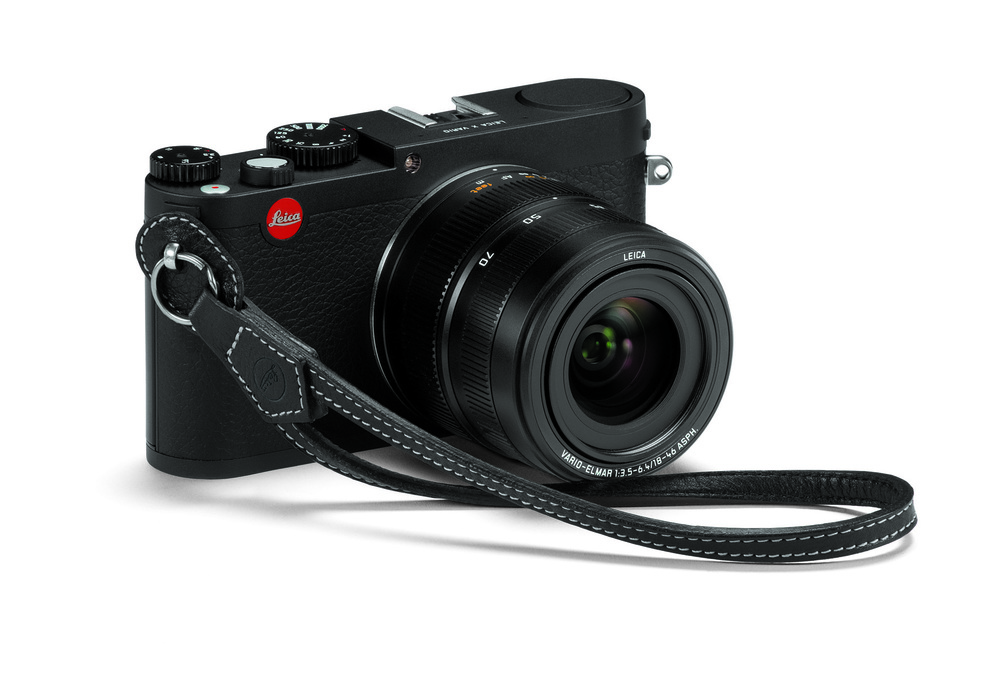
A difficult birth
The launch of the XV, majoring on the Mini M teaser campaign, turned out to be inept and damaging to the camera’s prospects.
Rumour has it that Leica had to rushed the launch simply to quell unrealistic expectations and uncertainty over the rôle of the just-arriving M 240. The result was a difficult birth; the XV was greeted with disappointment and a degree of incredulity. Instead of a Mini M, Leica had hatched a Maxi X2. The camera was almost universally criticised because it wasn’t what everyone had been led to expect, more for what it wasn’t instead of for what it is. In particular, it was damned because of that tardy zoom. After all, as some pundits were swift to point out, even the bargain-basement starter DSLR comes with a similarl 27-80mm (effective) zoom. Relying on the paper specification, this Leica appeared to offer nothing exceptional.
Launched more sensibly, with emphasis on the quality of the lens and with a concise explanation of the reasons for the compromised aperture range, the X Vario would have been welcomed more warmly. It is, after all, a solid, well-designed and precisely engineered camera that almost equals the M in built quality and offers a splendid lens, despite the slow aperture range. It fills a niche, particularly for existing Leica owners to whom it will primarily appeal, for a go-anywhere travel and street camera that is capable of producing outstanding results with a minimum of fuss and complexity.
Towards the end of 2013 I paid a visit to China. Instead of packing an M and a couple or three lenses I opted to take the X Vario. Here was an fitting opportunity to put the camera through its paces in all conditions. Much to my surprise, I didn’t really miss fast lenses and worked happily with what the X Vario had to offer. I was not disappointed and I really bonded with the camera. It proved to be a congenial travel companion, reminding me of the admirable X2 but with considerable versatility. In my opinion it offers equivalent image quality to the X2 and at every focal length from 28 to 70mm.
Design and quality
In one respect the X Vario is a mini M. It looks and even feels the part. Made from magnesium alloy, it doesn’t quite have the hewn-from-solid heft of the brass-bound M. But it is more than a cut above the products of any other camera manufacturer. The new Sony A7s, in contrast, feel considerably less substantial and look fussy by comparison. The XV fits the rôle of Mini M, although at 630g it is no heavier than a Leica M without lens.
It looks and feels like a true Leica. Unlike smaller cameras in the range, the XV is not produced by Panasonic in Asia but claims to be made in Germany (although exactly how much of it is actually made there I do not know). It thus shares its heritage with the X2 and the M range. Like all pure Leicas it is a simple camera with endearing manual controls. This comes as a pleasant relief from the excesses and diverse modes of most contemporary cameras.
In the case of the X Vario, less definitely is more. Its very simplicity is something any experienced Leica owner will appreciate.
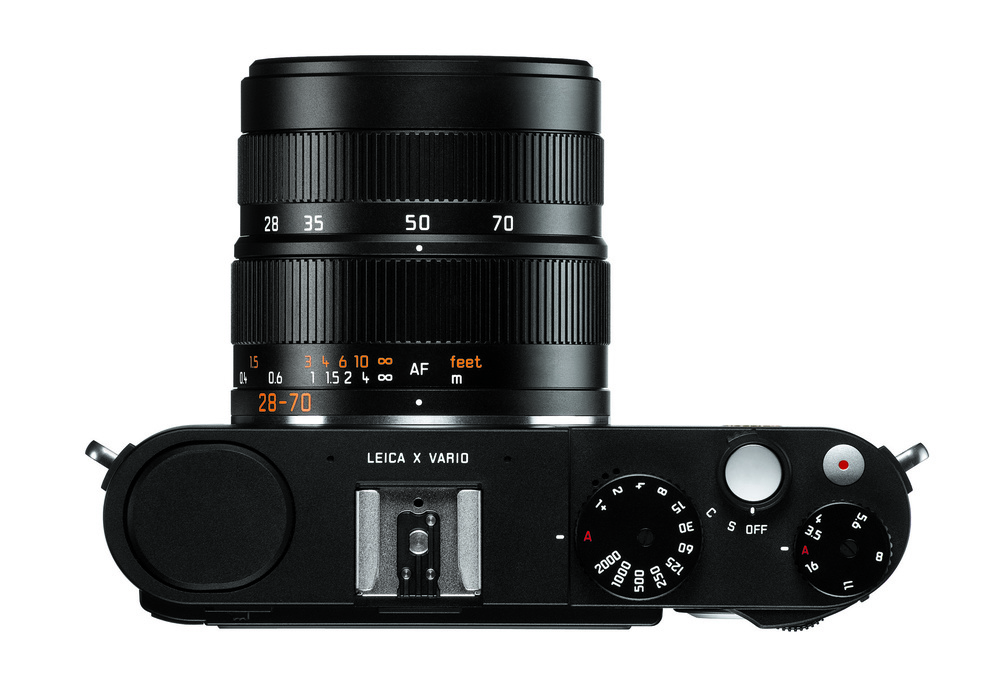
The camera offers straightforward, traditional controls with direct access to shutter speed and, following the example of the X1 and X2, a top-mounted aperture dial. As with an M, you have direct access principal adjustments without fiddling with menus. And you can, if you wish, operate the camera very happily in manual focus mode, as with any Leica dating back to the 1930s. Even the focus ring feels like that of any current M lens. You would swear it was mechanical although you know it is electronic, such is the precision and short twist between near and infinity.
While I have some criticism of the trigger-happy rear buttons. I am very pleased with the overall control concept of the X Vario. The camera feels right and it will definitely appeal to existing Leica owners who do tend to cleave to their familiar territory. My one major reservation is the lack of a built-in viewfinder, an aspect which I cover later in the review. Accessory viewfinders, although they do the job, are a nuisance and turn the otherwise svelte camera into an awkward overall package for stowing in a bag.
The XV is a perfect size for handling. A camera can be too small, just as it can be too large. Leica has it about right with the X Vario. It feels like an M, reassuring in the hands, and the body is not dwarfed by the lens as is so often the case with dinky cameras (the Sony NEX being a particularly obvious example of large lens with small camera attached). As a package, the XV looks right. It is considerably bigger than its sibling, the X2, but offers that more versatile lens and a vastly improved rear screen without compromising on image quality.
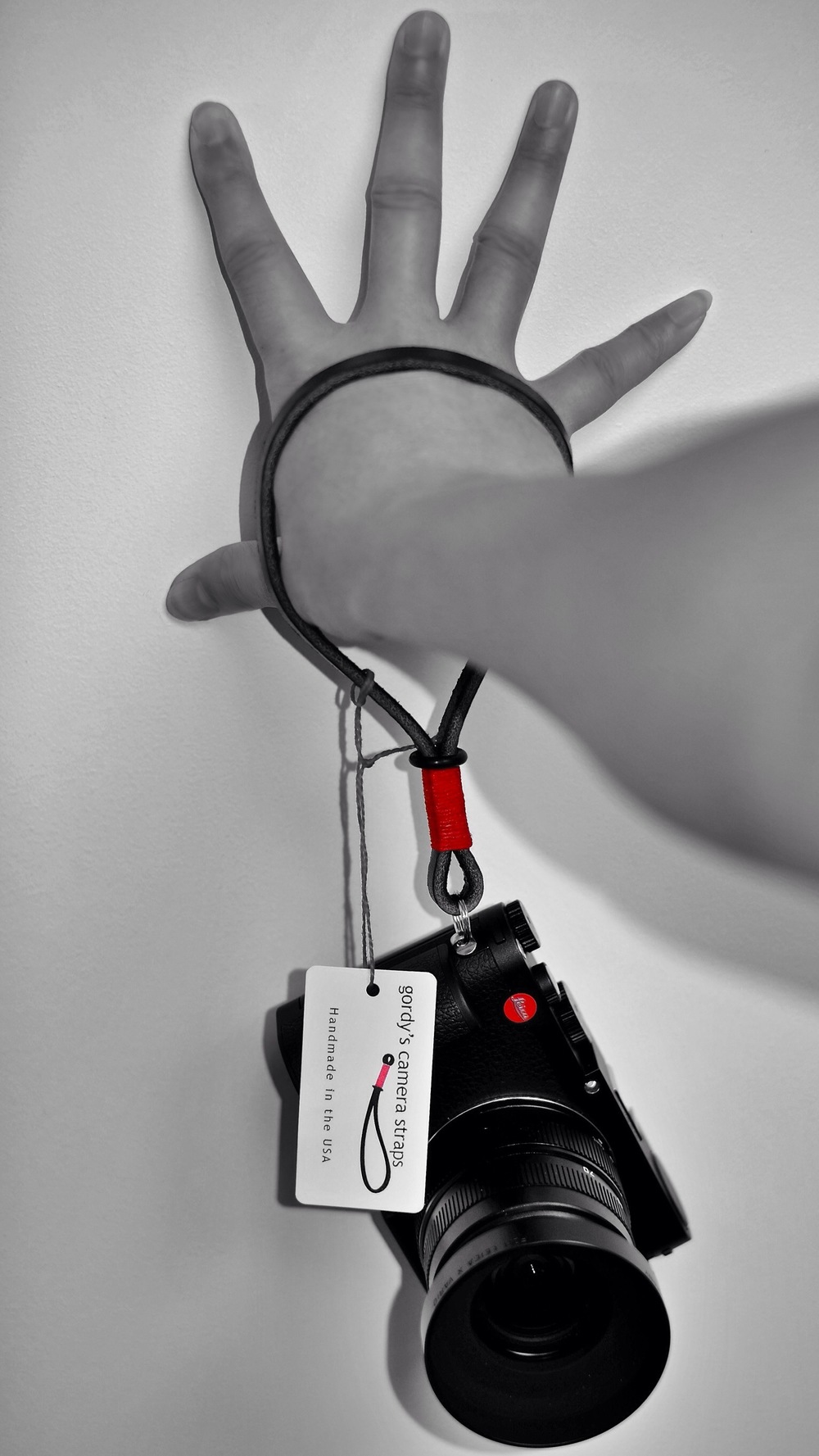
Even with the larger body and the compact zoom, the X Vario can sometimes feel a tad nose heavy and it is one camera for which I would strongly recommend the accessory handgrip, not just because it makes the camera more stable (especially useful at longer focal lengths) but because it helps keep wayward thumbs away from sensitive rear controls. The camera lends itself to a wrist strap (such as the exemplary Gordy which costs a remarkably low $18) and I have used both grip and Gordy with perfect comfort. The accessory grip does have a thread to take one of the new rubber finger grips which are common to both the XV and the M. These come in three sizes of small, medium or large and cost an eye-watering £90. But, having invested in camera and grip, this might be a sensible addition. . I have subsequently tested the finger loops and you can find the report there.
Menus
The XV follows Leica’s established practice of menu simplicity. Features are displayed in one list with minimal reliance on sub menus. I am used to this clarity and I prefer it to the tabbed systems with their multiple sub-lists found on most modern cameras. You will not find much to customise and no irritating scene modes because the XV is aimed at photographers who have a basic understanding of their craft and prefer to make their own decisions. With the XV you have everything you need but not a jot more.
I have one minor niggle with the menu options. As with the X1 and X2, the X Vario does not permit shooting in RAW (DNG) exclusively. The sole option is to shoot both RAW and JPG. With most cameras, including the M range, it is possible to select RAW without the need to clutter your SD card with redundant JPG versions. .
Joel Meyerowitz – My Life with Leica (take one) from Leica Camera on Vimeo.
Handling, controls
The principal controls, the ones in use all the time, are simple in true Leica fashion. On the top plate are two dials, one for shutter speed and one for aperture. Each has an A (auto) setting. When both are set to A the camera will work in fully automatic mode. This follows the example of the earlier X1 and X2. With A set on the aperture dial and a fixed speed selected, the camera is in shutter priority. Similarly, reversing the procedure by moving the speed dial to A achieves aperture priority. Both dials are precise and are not easily knocked off course. Also on top of the camera is the power switch, the concentric shutter release and a video button. The shutter release is the familiar chromed dome found on the X2 and, while it works well, I prefer the threaded release which is traditional Leica.
On the back of the camera, below the aperture dial, is a thumb wheel which can perform a variety of adjustments such flash settings, exposure compensation, bracketing and timer. In playback mode this wheel is used for as a zoom. Dedicated buttons to the left of the screen will be familiar to owners of M cameras: Play, Delete/Focus, WB, ISO and Menu/set. It is all very simple, with direct access to most functions.
Also on the back of the camera is a slider to release the built-in flash, the socket for the accessory viewfinder and a status LED to confirm distance and exposure lock. Rear controls are logical and minimal by modern standards.
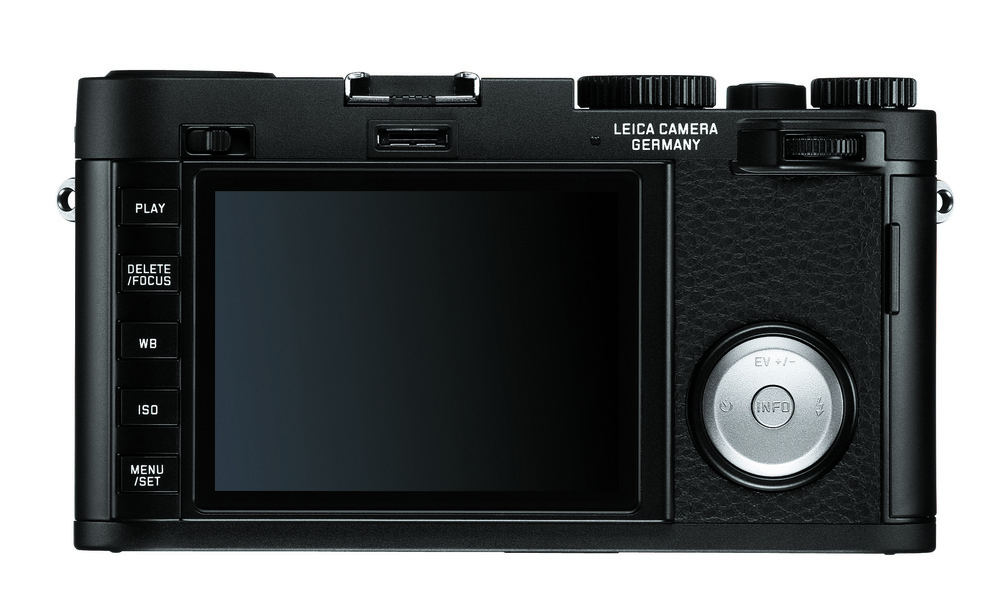
To the bottom right of the screen is the four-way pad with self-timer to the left, EV compensation at the top (also toggling bracketing and flash compensation) and flash settings to the right. In the centre is the INFO button which adjusts the amount of information shown on the screen in both exposure and playback modes. This control pad is the XV’s Achilles heel. It is far too sensitive and easily pressed in error, particularly prone to disturbance by the ball of the thumb when simply holding the camera. This results in too-frequent selection (in particular) of exposure compensation or flash settings, leading to unpredictable behaviour and slowing down picture taking. In my opinion this pad is wrongly placed. Had it been higher it would have been less vulnerable.
Using the accessory grip helps to keep the ball of the right thumb away from this over-sensitive controller. However, it is by no means a cure. Sadly, nothing can be done to firm up the buttons on existing cameras. We are stuck with this over-sensitivity and have to learn to live with it. Using the grip certainly helps and, in case you are wondering, the Leica half case does not help in keeping digits away from the control. Go for the grip instead.
A firmware update could address this problem by making it possible to turn off the susceptible controls on the four-way pad. Sony has allowed this with the A7. While the Sony suffers also from hypersensitive buttons on its four-way pad (in particular the white-balance control), it is possible to disable the buttons provided you are prepared to delve into the quick menu for less-common adjustments.


The “Quad-Elmar” lens
The 28-70mm Vario-Elmar is the camera’s crowning glory. This lens is a masterpiece and offers outstanding sharpness and contrast throughout the zoom range. Ergonomically it is perfect, a real Leica lens. It is an automatic electronic design, of course, but Leica has done a sterling job in simulating the feel of a traditional mechanical M optic. The zoom is smooth and quick (a rotation of about 90 degrees) and is clearly marked with the four prime-equivalent views of 28, 35, 50 and 70mm. This is a welcome nod to those prime addicts who think in terms of fixed focal lengths.
I would have gone one further and added detentes at 35 and 50 so the focal length could be selected by feel without the need to look at the top of the lens. This would simulate the useful stepped-zoom feature found on the D-Lux 6 and Leica C.
Fortunately the zoom, while being well weighted and smooth in operation, is stable in remaining in the chosen position. The lens extension is tiny, almost unnoticeable (only 6mm at 28 or 70mm focal lengths) and is fully retracted at 50mm.
The lens takes an unusual filter of 43mm. Leica does not make one but they are easily obtained from Amazon. You are unlikely to need an ND filter on this lens because of the relatively slow aperture, but a protective UV is a good idea, subject to my comments below.
The accessory hood, a perfectly designed but expensive confection, also screws into the filter thread. If used in conjunction with a filter it adds to lens length and looks rather ungainly. After experimentation I decided to dispense with the protective filter and rely on the hood to keep the front optic out of harm’s way. The hood looks much better when added to the naked lens rather than as an extension to a filter. The Leica hood, while costing £90, is perfectly matched to the camera and is recommended. I discovered that an inexpensive generic hood will cause vignetting at 28mm.
The star feature of the Vario-Elmar is the focus ring. It is pure 2003 Leica Digilux 2 ― a clearly calibrated ring with a detente between manual settings (to the left) and auto focus to the right of the scale. This is by far my pet layout. I loved it on the Digilux 2 and to find it on the X Vario is a delight. Having manual and autofocus options on one ring is convenient and is far superior to having to fiddle with the slider switch found on most modern auto lenses. The arrangement makes it easy to switch between auto and manual without having to remove the camera from the eye.
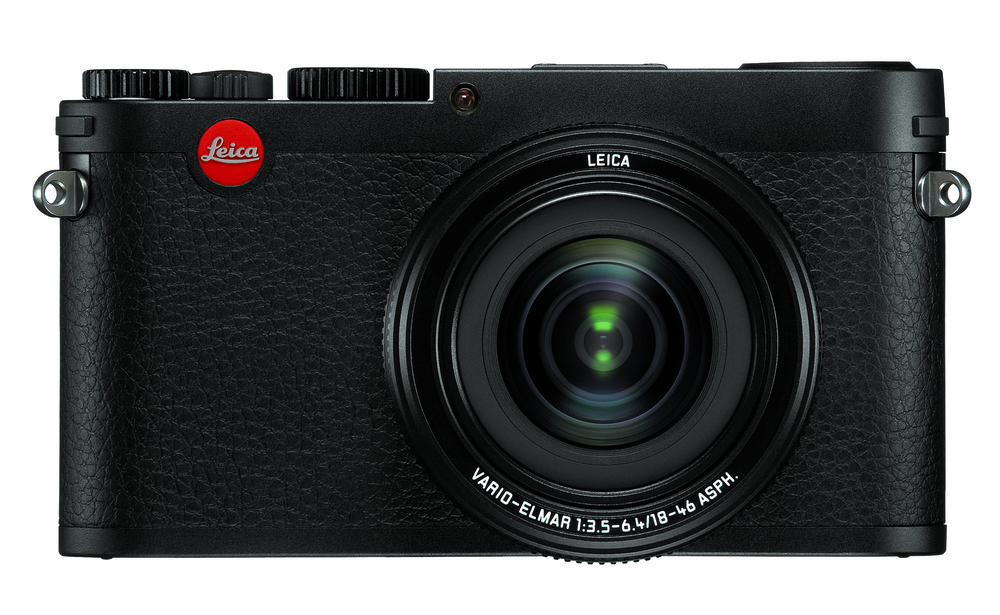
This focus ring is Leica-like in another way. It has the short flick-of-the-wrist twist of a traditional M lens, barely more than 90 degrees from near to infinity. This translates into ultra-fast focusing which is what owners of M lenses are used to. Compare this with auto lenses from other manufacturers where you sometimes have to twiddle through more than 360 degrees from near to infinity and where there is no on-lens calibration to show just what distance has been set. Furthermore, Leica has achieved the seemingly impossible in fooling us into thinking there is a direct mechanical connection between the setting ring and the optics. There isn’t, of course. This is pure fly-by-wire as on all autofocus lenses. But Leica has remained true to its heritage and old hands will delight in this implementation.
Earlier I compared this lens to the sort of standard kit zoom supplied with entry-level DSLRs. But don’t be fooled. This is a lens from a completely different mould and, optically, it is the making of the X Vario (just as the Vario-Summicron was the making of the Digilux 2). With this zoom you get four excellent lenses in one compact package. If you picture it as a sort of Quad-Elmar with four distinct and primes you will not be far adrift.
But why so slow? Of all the misunderstandings surrounding the launch of the “Mini M”, none was as damaging as the concentration on the relatively slow f/3.5-6.4 aperture range.
Designer Peter Karbe, responsible for the £5,000-plus 50mm APO Summicron among others, gives us his answer:
Image quality was the most important feature of its design. The Apo-Summicron-M 50 mm f/2 ASPH, the newest and one of the sharpest lenses of the M-System, set the standard to be met. The declared objective in the case of the Vario-Elmar was to guarantee a comparable contrast transmission from corner-to-corner of the image frame. It must be said that the Leica X Vario is equipped with an APS-C sensor. Therefore, achieving imaging performance comparable to a full-frame system increases the technical demands by 50%.
The spec sheet for the Vario-Elmar was a sporting challenge – contrast transmission that has no need to hide behind that of the best M-Lenses. Even though this performance had to be achieved with a much smaller APS-C format sensor in a compact camera, and this throughout the entire almost 3× zoom range and from the closest focusing distance to infinity.
We could only satisfy these demands by lowering the bar somewhere else. This explains why the maximum aperture of the Vario-Elmar is relatively slow, between f/3.5 and f/6.4.
The aperture range was thus chosen to achieve the highest feasible optical performance with the lowest possible size and weight. Look at it from Karbe’s point of view and you see the logic. To have attempted to recreate the fast f/2-2.3 aperture range of the Digilux 2 lens on the APS-C sensor would have resulted in a much larger and heavier construction and, even then, there would have had to be compromises.
Most real-world photography, especially street photography (for which the XV is well suited, incidentally), is done in the f/3.5 to f/11 range. Bright lenses such as Leica’s Summiluxes or Summicrons are undoubtedly useful for low-light conditions and to achieve narrow depth of field with that pleasing bokeh effect. But most of the time our lenses are set to f/4 or 5.6 for optimum resolution and acceptable depth of field. Furthermore, to help compensate for the slower aperture, Leica has worked on improving the ISO performance and I have been impressed with low-light shots taken at ISO 3200 or, even, 6400, both of which are usable without attracting unacceptable levels of noise.
There is logic behind the X Vario’s slow lens. This is no ordinary kit zoom, it is a professional lens designed to offer maximum optical performance with the lowest physical profile and built with five main objectives in mind. In the words of Peter Karbe, it had to achieve:
- Image quality equal to that of the best M-lenses
- Contrast imaging quality from the minimum focusing distance to infinity
- The best conditions for fast autofocus
- Compact construction
- The familiar rugged and resilient construction of a Leica M lens.
Once all these factors are taken into account, this little zoom shines. I am impressed.
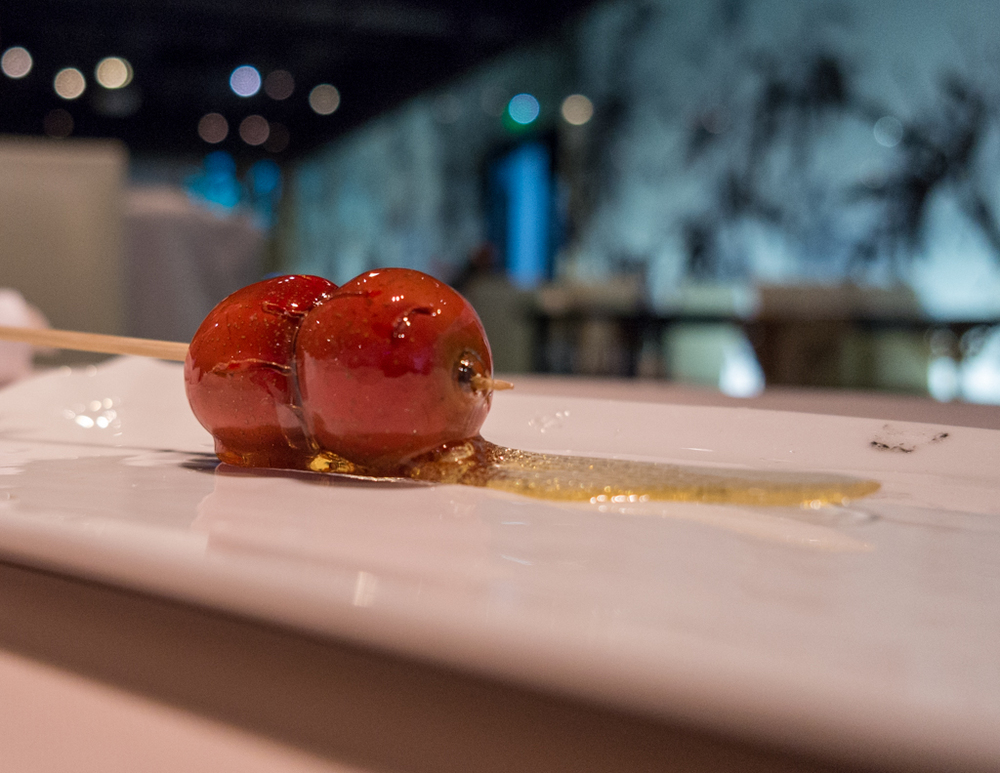
Manual focus
As you might expect, Leica has put great emphasis on manual focus and has ensured the experience is as intuitive and accurate as possible. It is not an afterthought as it is with most modern automatic lenses. Manually focusing the average auto lenses is an unrewarding experience and it is no wonder most phorographers choose to stick with auto. Leica knows a thing or two about manual focus and, in most cases, experienced users find it more accurate, satisfying and even quicker than relying on the little motors in the lens.
Selection of manual focus is easy: Simply click the focus ring from AF into the marked scale to the left (when viewing from the top of the camera). As soon as you click over to manual focus and move the focus ring the centre of the screen (or viewfinder) is enlarged and it is a simple matter to home in on the subject and achieve spot-on focus. The magnification system, MF Assist, can be turned off in the menu but I found in general that I preferred to leave it switched on.
There is no focus peaking on the XV but it is easy enough to achieve accuracy without this added and often distracting assistance. As I mentioned in my comments on the lens design, the focus ring has a short movement, just like that of a manual Leica lens, and it is very quick to move from near to infinity.
Of all the automatic cameras I have tried, I prefer Leica’s manual focus implementation which approximates as nearly as possible to the experience of using a manual lens. Full marks to the design team for this.

Street photography
Something surprising came into my mind after using the XV for just a few days. This is one of the best tools for street photography you could wish for.
The classic aperture for street photography is around f/8 for one very good reason: depth of field, especially when combined with a wide 35mm focal length. Only occasionally do daylight street photographers have the need or the time to use wider apertures in order to isolate a subject. But, alongside the favourite f/8 aperture, street photographers do like to set a fixed speed to ensure minimal camera shake and movement blur.
This is where the relatively slow zoom of the XV comes into its own. Set the aperture to automatic and dial in, say, 1/250s, and the camera will do the rest. There is no danger of suffering too wide an aperture with a resulting narrow depth of field. Even at 35mm the maximum aperture is f/4 and at 70mm it can never be faster than f/6.4. This is near perfect for street work. I have consistently left the camera on shutter priority of 1/125s or 1/250s, primarily to avoid shake, and allowed the aperture to take care of itself.
Next consideration is focus. Autofocus on the XV is not the fastest. I would rate it as comparable with Fuji’s system on the X-Pro but not as fast as, say, that on the Olympus OM-D. To some extent this is a function of sensor size. It is easier to achieve fast autofocus in a camera with a smaller sensor. Conversely, a full-frame sensor such as that on the new Sony A7 proves even more challenging than with APS-C. Nevertheless, autofocus performance on the XV is perfectly acceptable for my use and, surprisingly, works well in low lighting conditions.
But even the fastest autofocus can often misfire in street work. When you spy a good shot there is hardly time for focus to lock, never mind expecting it to lock on the intended subject rather than on the background. The answer, favoured by most street photographers, is manual zone focus with the ability to set a hyperfocal distance that will ensure everything beyond a few feet will be in focus. This is surprisingly easy to do with the XV provided you work in one focal length of, say, 28mm or 35mm. Longer focal lengths will narrow the hyperfocal distance and can be difficult to calculate. So for effective street work I stick to one wide focal length where the hyperfocal distance can be easily calculated. (Note, however, that because this is a zoom lens it hasn’t been possible to engrave the zone distance scales familiar from Leica primes).
Another desirable feature for street photography is discretion. The Leica looks unthreatening with its compact zoom and it can be stealthed out with black tape if you object to the Leica dot or the name on the front of the viewfinder. Of paramount importance, though, is the lack of noise. The shutter of the XV is virtually silent (with all the optional electronic noises switched off) and it contrasts with the loud clash of cymbals emanating from most DSLRs or, even, Sony’s new and querulous A7r which I am currently testing.
For all these reasons I give the XV a high rating for street work. Prejudice runs to a fixed prime for street but in my experience it is occasionally an advantage to have a medium tele available. The XV offers all this in one package and without the need to carry a bagful of lenses. No sensor dust likely either, another a factor that Leica M owners will appreciate.
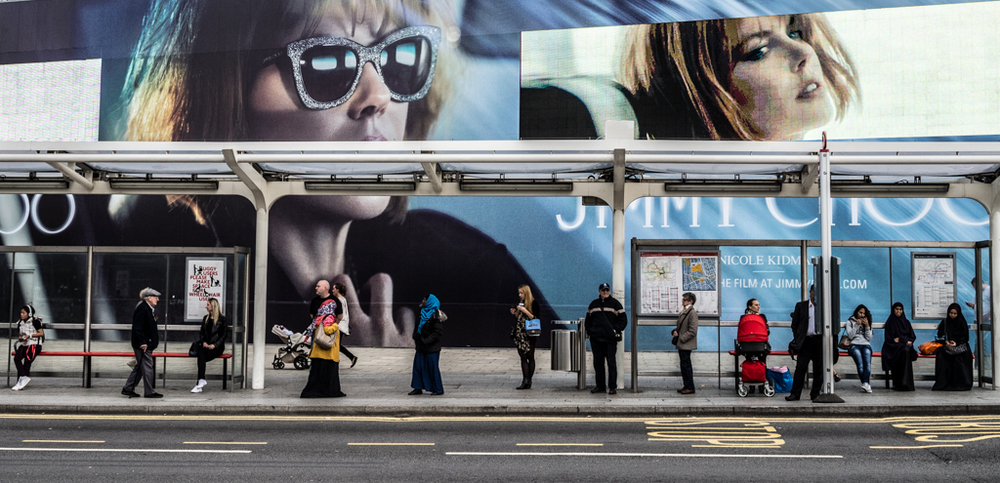
The Viewfinder
The accessory viewfinder, Leica’s EVF 2, is identical to the five-year-old Olympus VF-2. The Olympus version has a slightly different external profile but is technically comparable. The Leica version says LEICA across the front. You can buy the similar product with an Olympus label more cheaply if you are not bothered about the name.
It is a previous-generation viewfinder with 1.4 Megapixels and is outgunned by the new Olympus VF-4 and other 2.4 Megapixel devices such as Sony’s accessory for the RX1 and RX100 II (the same viewfinder used as an internal unit in the A7s). This is not to say it is a bad viewfinder, far from it. It is just disappointing that Leica has seen fit to introduce yet another new camera, the X Vario, with an outdated EVF. It is the same device used on the new M and on the X2. While it might be possible to issue a firmware update to accommodate the new Olympus 2.4-Megadot viewfinder, Leica is in a difficult position if it does not want to upset existing owners of the old model. In the meantime, it’s all we have and we had better get used to it.
In general, I am opposed to the concept of an external, add-on viewfinder. We would all prefer to have a built-in finder window. Leica was constrained with the design of the M because of the need to retain the optical rangefinder. Other manufacturers, notably Fuji with the X-Pro series, have had freer rein to innovate. It is a fact that most M users still prefer to use the rangefinder in preference to the accessory EVF. Yet I do wish the designers had managed to incorporate an EVF into the body of the XV, even if this had resulted in extra body height. I would forsake the flash in favour of a built-in finder.
The only conceivable advantage of an external finder is the ability to tilt it upwards so you can get low and look down into the window. But Panasonic has shown the way with the built-in tilting viewfinder in the GX7 and I expect this design will be copied by other manufacturers.
All this aside, I do have two minor quibbles with the XV’s viewfinder. First off, the diopter compensation is adjusted by turning the eyepiece and it is too easy to move inadvertently. As a result, even light handling (and certainly when putting the camera into a bag) results in the setting being changed. The answer is gaffer tape to hold the eye-cup in place, although such bodges should not be necessary.
My second worry is that the viewfinder slides off the camera hotshoe too easily. Many times I have found it in the bottom of the bag after lifting the camera out. In fairness, this problem is common with other manufacturers’ cameras, notably with Sony’s RX1. Panasonic got it right with the viewfinder for the LX7/D-Lux 6. That model has a button to press in order to release the unit from the body.
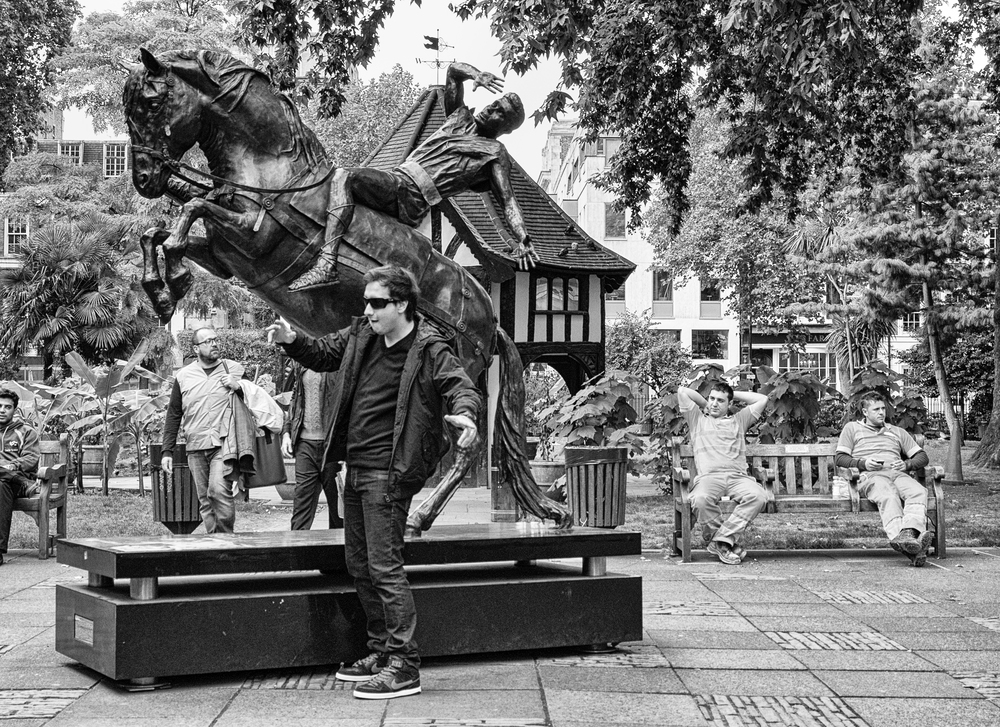
After all these reservations, the X Vario viewfinder does its job well and is preferable to playing around with optical viewfinders. While it looks ugly and too big for the camera, it works well and is particularly useful with the zoom lens.
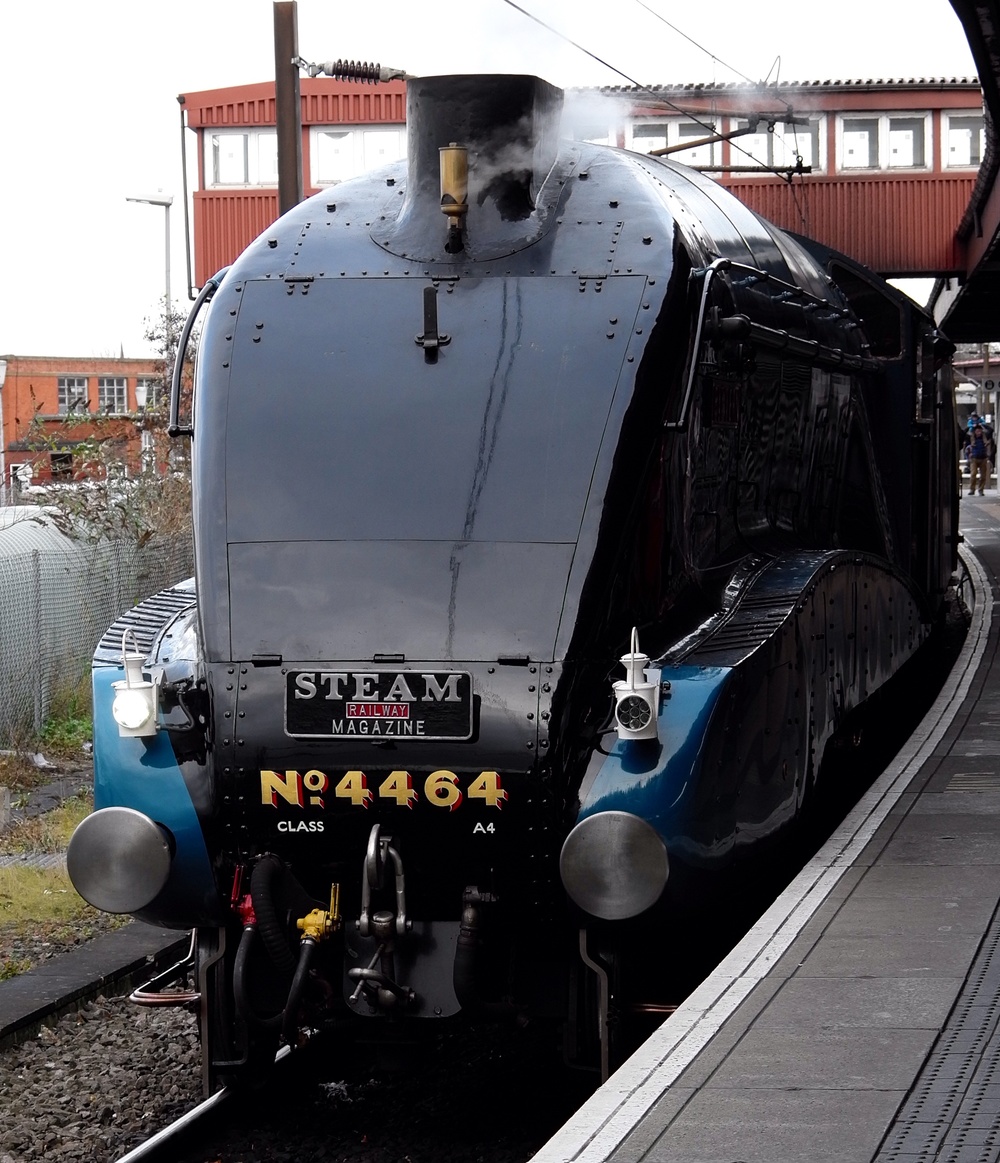
Travelling with the XV
The Leica XV is an exemplary travel companion and saves all that agonising over which lenses to pack with your M camera. The lens is so good that you do not feel shortchanged by leaving your primes behind. Overall, it is a compact, manageable and high-quality device that just feels right. Just stuff it in the bag and away you go without any dithering over gear.
There is just one small niggle which tarnishes the gloss of travelling with the XV: the large and inconvenient charger. Unlike other Leica units such as those for the M and Monochrome or M9, this charger features one of those undesirable clip-on proprietary plugs. I hate these things. In contrast, the M chargers offer a standard two-pin socket so you can carry cables for different countries or, even, attach an Apple plug. In emergency, also, you can easily purchase a local cable wherever you happen to be. I am all in favour of convergence of this nature.
With the XV charger you have to remember to take the particular proprietary accessory plug for wherever you are going. In general, I now prefer in-camera charging as implemented by Sony, Panasonic and other manufacturers (it is standard on the new Leica C because this is a rebadged Panasonic). This allows charging via a USB cable from any USB power source. There is therefore no need to carry a charging unit and every possibility of getting out of trouble in foreign parts even if the cable is left behind.

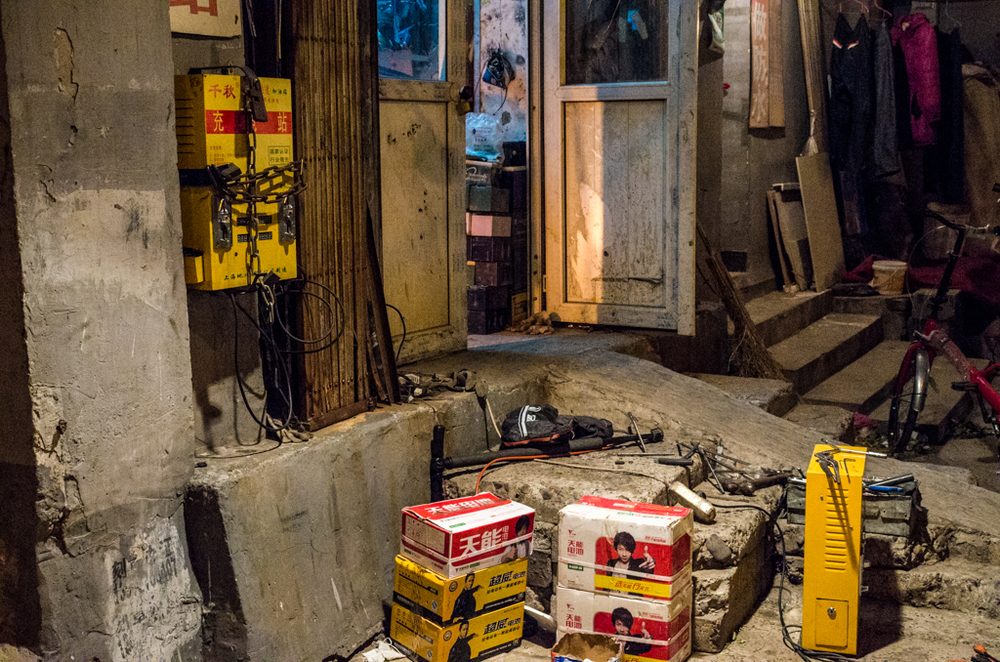


Conclusion
The Leica XV occupies difficult territory. Its virtue is in being a large-sensor bridge camera with an outstandingly good zoom lens. It could be argued that only the Leica-blinded luxury brand buyers will want this camera. I disagree. It appeals largely to established Leica users who want the very best optical performance in a compact, handy package. If you want this quality and a first-class zoom lens covering the most popular focal lengths, then the XV is your only choice. I like it very much, despite its perceived shortcomings, and in many ways I find it a more congenial travel companion than an M system.
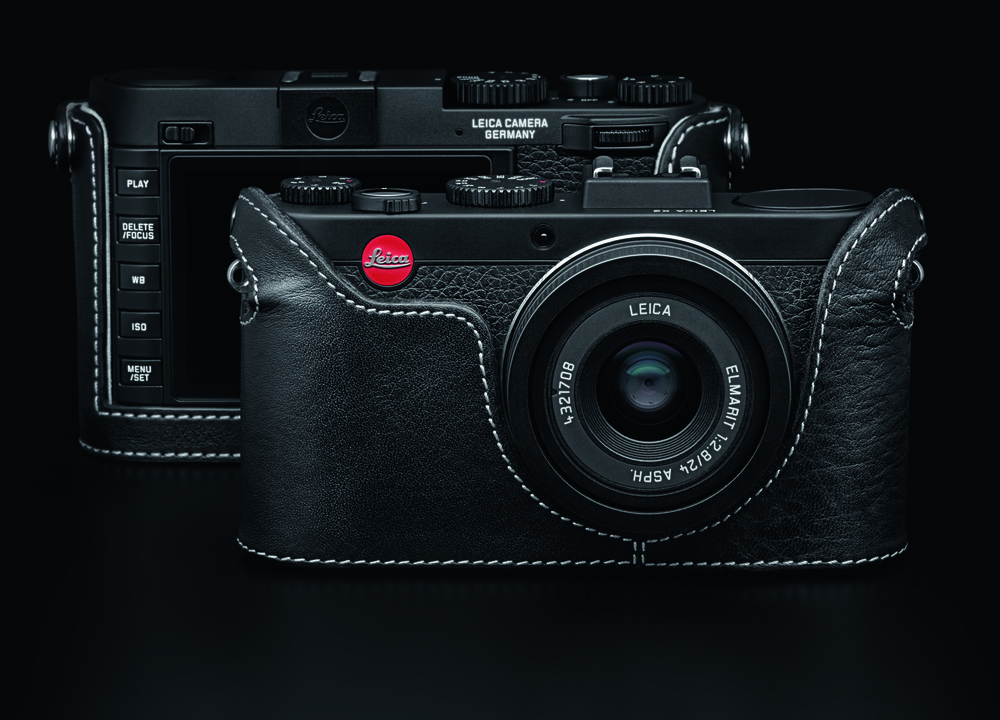
Final macro word
My friend Dunk Sargent specialises in macro photography and has adopted the XV as camera of choice with impressive results (below). Note his studio setup. While the XV makes a reasonable job of macro photography at maximum 70mm focal length, Dunk achieves closer focus up to 1:2 magnification by adding Leitz Elpro supplementary close-up lenses. However, the nautilus shell photo was taken at the native 30cm minimum focusing distance without using Elpro lenses.
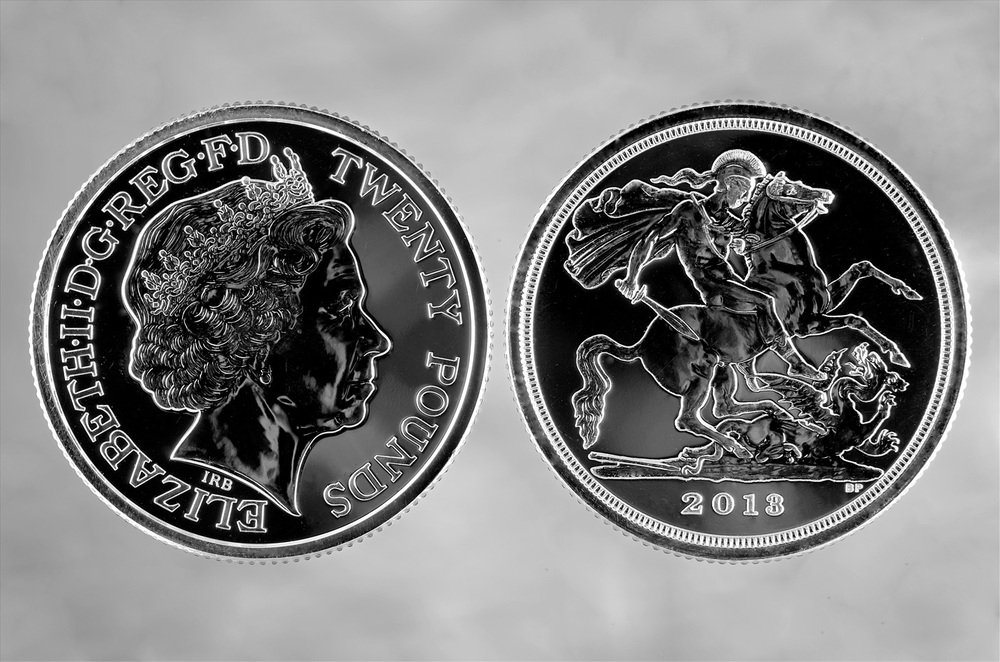
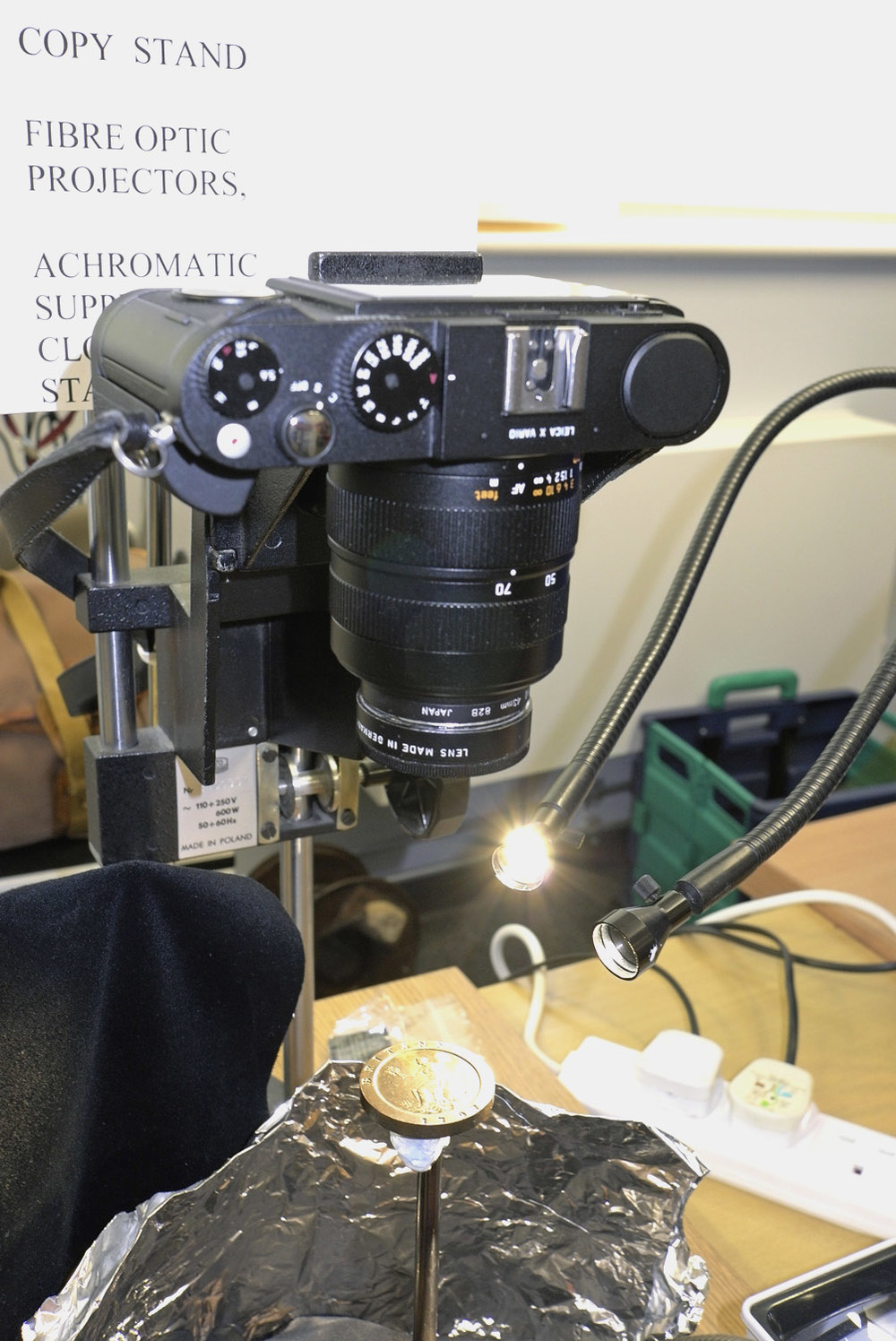
More reading: Roderique Zahr reports on three months with the X Vario


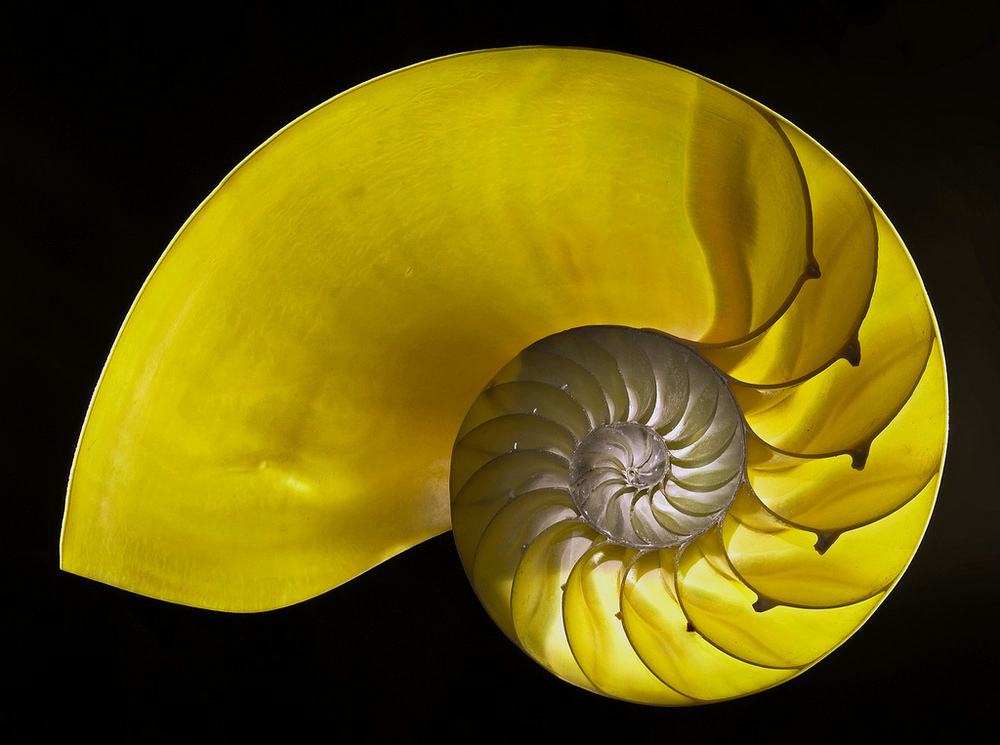
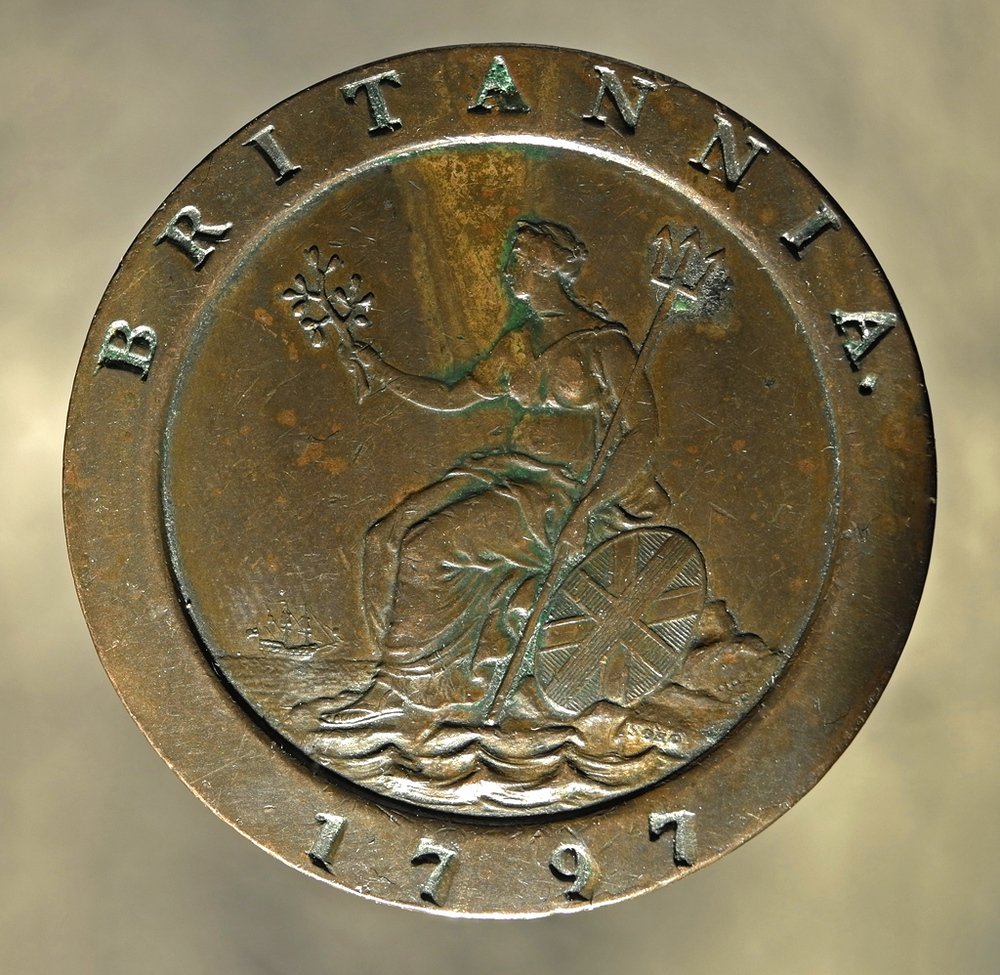
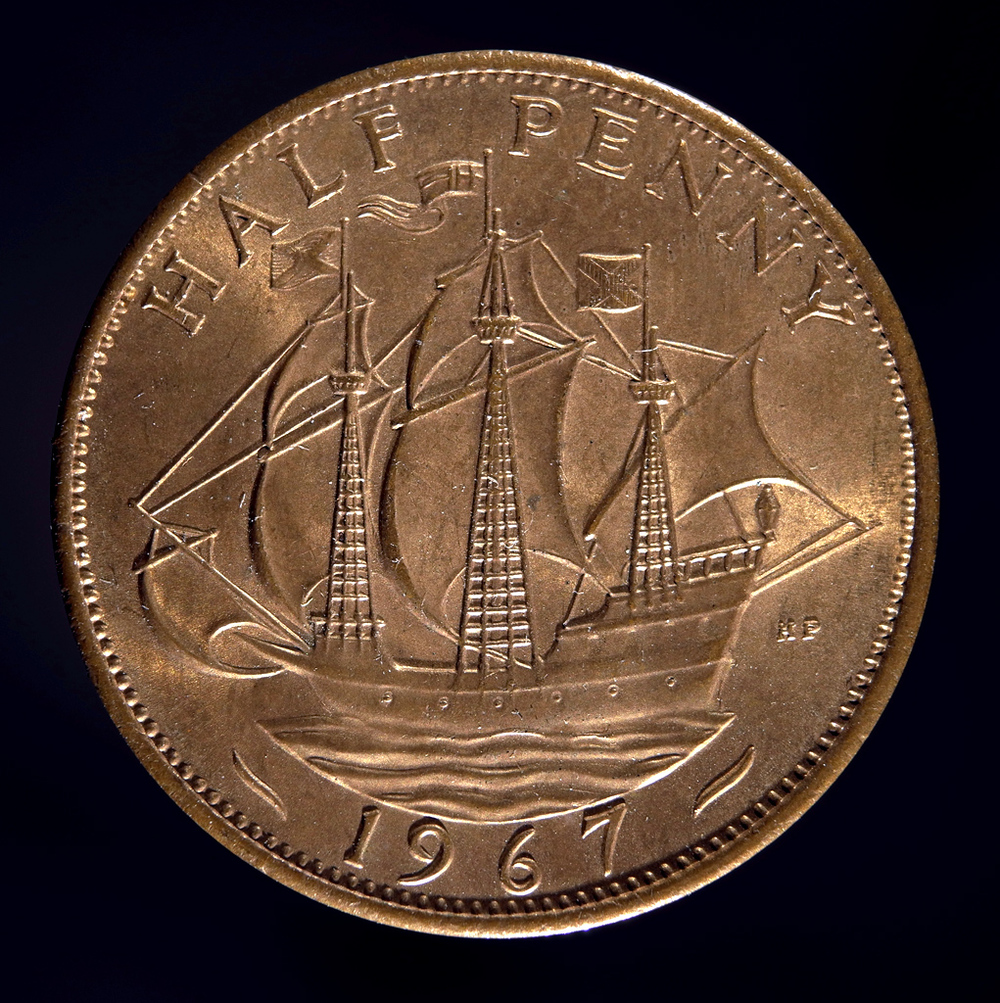
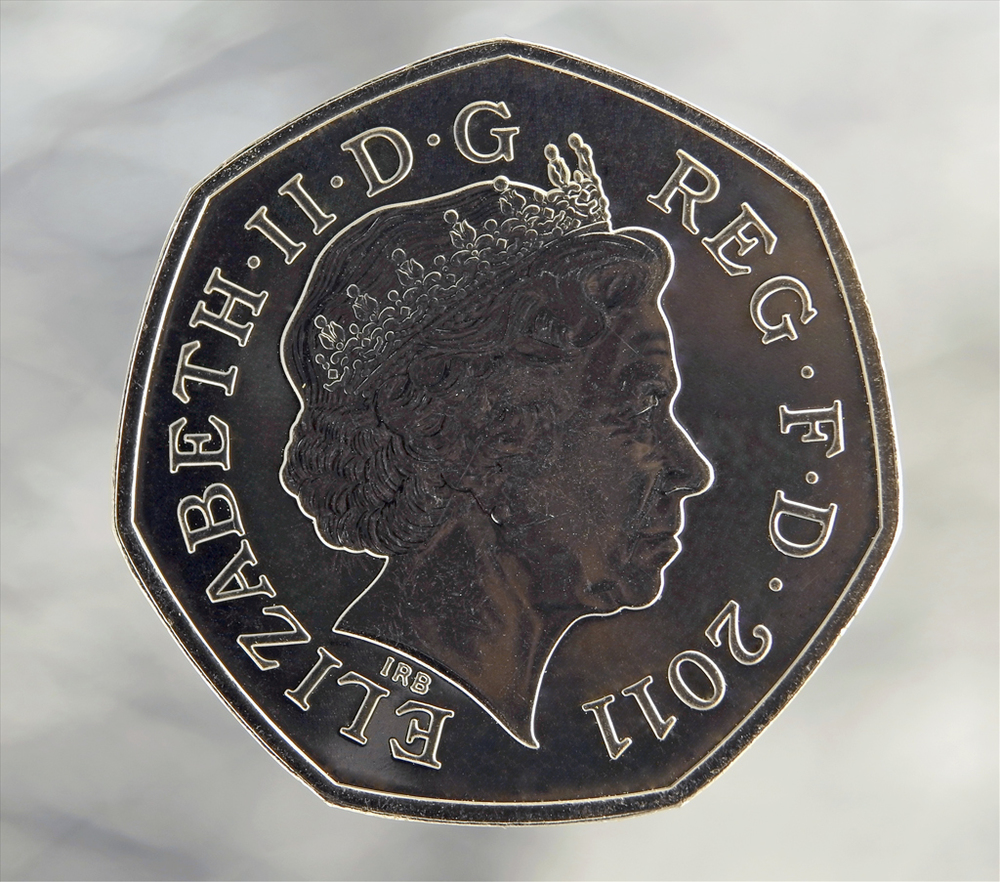

Very nice review based on real-time experience. I also travel to China a lot, Leica this or that in tow (X2 most recently, now sold), and sometimes the one-camera solution is indeed the most tempting. Re the charger, I recall my X2 had a "blank" charger which was accompanied by all sorts of outlandish plugs, and it took a little while to figure out what was what, but things fell into place pretty soon.
One problem (actually, tow) I have with the whole X-line is the DNG/JPG thing – it is not possible to just shoot DNGs and be done with it. The other, maybe more serious issue I have is that Leica does not provide any kind of firmware updates at all it seems. None for the X1, none for the X2, and I’d be surprised if they have any in store for the XV (such as "desensitizing" the controller wheel for example).
Thanks again for this informative review.
Thomas
Thank you, Thomas. I agree with you on the DNG/JPG issue and it is something I forgot to mention in the review. I will take the liberty of adding it now for the benefit of future readers. I also agree with you on the lack of firmware updates. I was not aware that there had been no updates for the X1 and X2 but will take your word for it. I was sort of expecting an X Vario update in the near future but if you are right I will be waiting in vain. Thanks again for your input.
Thanks Mike for a very comprehensive review. I own an M9 with a number of top lenses, but I carry with me everywhere an X2 which I have come to appreciate and love. Image quality is excellent and I don’t feel short changed in any way. I shall certainly check out the X2 Vario next time I am in Mayfair.
The Camera which outcome exceeds the sum of its part.
This is exactly my sentiment; it is a very well-rounded package.
Thanks Mike
An impressive review; I agree wholeheartedly with the introductory para regarding the raising of false expectations amongst Leicaphiles. However, I am glad to see that the camera is actually very good, with build quality which is up to the standards we expect.
I was particularly interested in the explanation of the rationale behind the speed of the lens (or relative lack thereof). Makes perfect sense.
Best wishes
John
Thanks, John. As you will see from the l-forum, the naysayers are girding their loins for attack.
Yes, amusing. One particularly abrasive comment, I thought. I wonder if certain individuals posting on the forum have actually followed the story of the XV from the early days of rumour and ‘mini-m’, through to the helpful reviews of the camera such as yours.
I was guilty of doubting Leica’s sanity at first, but having spoken to owners, seen the results, and read the reviews, the XV has hidden depths and has enjoyed the thoughtful and competent development process that we (usually) see from Leica.
BW
John